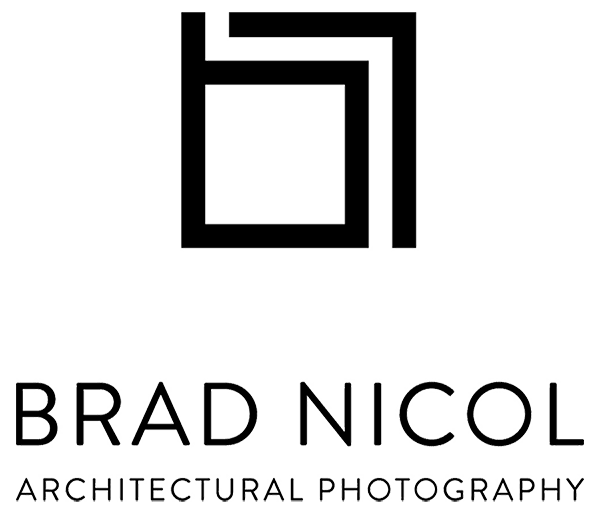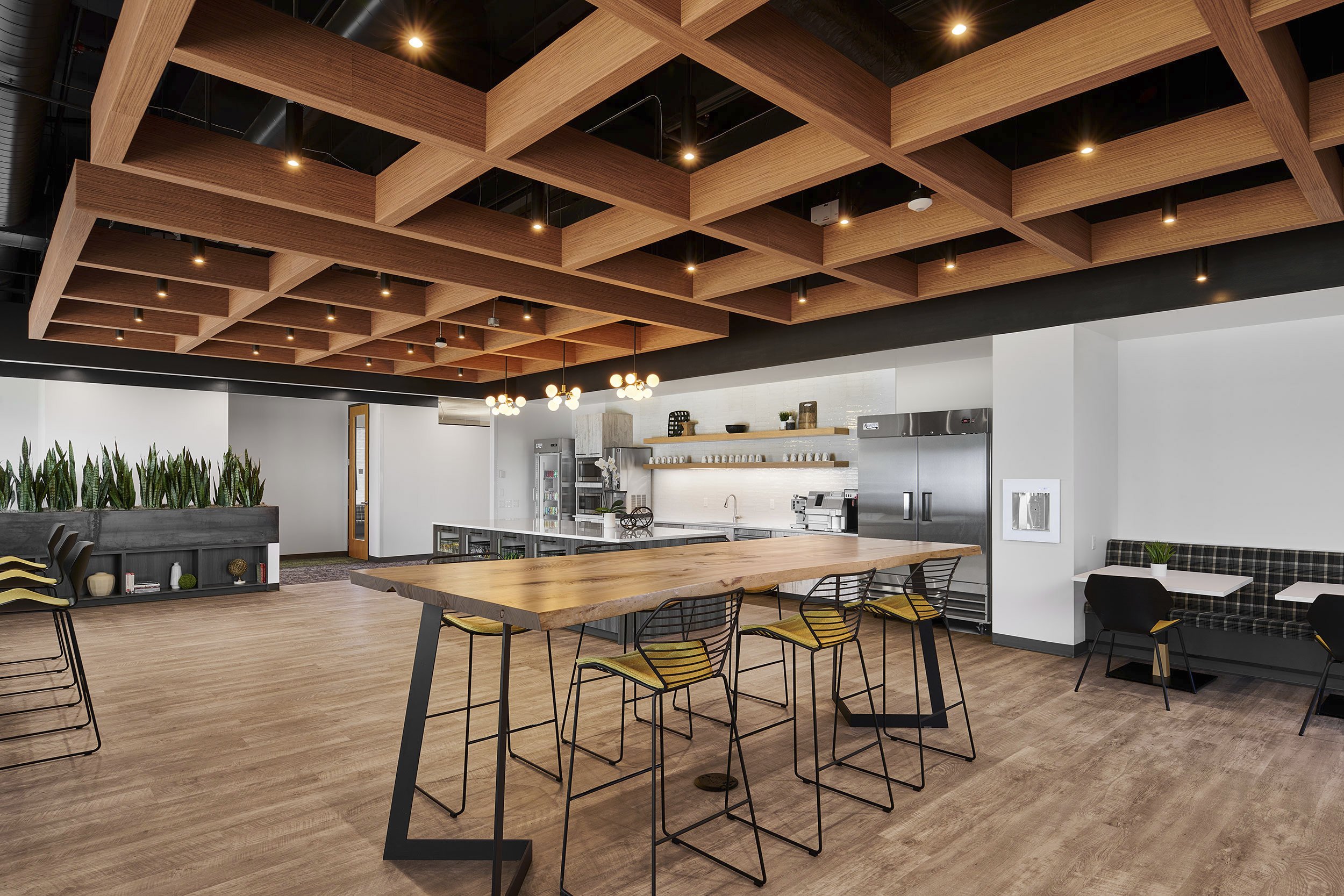Start to Finish
While every project looks different and every production varies a little, these are our common steps to ensure a smooth and successful photoshoot. Preparation and communication are the two biggest factors that create success. Whether it is a straight forward building exterior or a complex interior, working together and following a plan leads to great results. Take a look at the guidelines below and let us know if you have any questions.Have an idea of a budget
The question of budget is always important. It will help us know what we will be able to produce and the time frame we have to do so. If you have a smaller budget we may need to trim some shots from the shot list or it might not be cost effective to have professional models in the images. No matter the budget, we always deliver the highest quality images. It really comes down to how many we can produce. In a typical 8hr day we can produce 12-15 images. That may not seem like a lot but you have to remember what one image requires. We will need to select the best angle, move furniture or tidy up a space for that specific angle, use additional lighting to enhance the features of the design and if we are using people in the image we have to coordinate that too. One image can take anywhere between 30 min to 1 hour to produce.
Having an idea of your budget will help us determine the baseline for the number of shots.
Identify where the images are going to be used
This question gets asked a lot. The reason being is that most photographers want to know where the images are going to be used and for how long, to determine the value assigned to the license of those images. During my career I have decided to have a standard license agreement for my A/E/C clients. It covers use for portfolio, website, project proposal, editorial, award submissions, collateral, trade show advertising, and advertising in regional trade magazines. We feel that this covers 95% of our clients needs. If you ever have other needs, just let us know and we can add it to the license or let you know if there will be additional costs involved. Some examples of usage that have gone beyond our standard license would be book publication, national advertising, and product advertising. Here is our standard licensing.
Identify other companies and sub-contractors that may want to share in the cost of photography production and receive licenses to the images
We call this Cost-Sharing. This is the best way to get the images you need and keep the project within your budget. Every project has a number of companies involved in the design and build. Most companies are looking to have images of their projects. The more companies sharing the cost the lower the cost per client is. Here is a link to an example of how this works. Check out the Cost-Share example and information page here.
Schedule a walk through to help narrow down or create a shot list
Once you have selected your photographer and developed a rough shot list, it is time to visit the space to develop a solid plan for the photography. This walkthrough is one of the most important steps in getting the quality images you are looking for. It helps us understand the space, decide what technical challenges we may come across during production and work with you to decide on angles and spaces to be photographed. It is also a great time to determine whether the project is ready to be photographed. There have been a number of instances where we decided during the walkthrough that the space was not as complete as the designer thought. It is much better to see the project well before the date of photography to help reduce surprises and be better prepared so that we can create the best images possible.
Day of Production
Finally! The day has come. We have a shot list developed, know the certain challenges the space has, we’ve determined the best time of day for each space, and now we are ready to shoot. We usually schedule the first 30-45 minutes to get our equipment into the space and get set up. After we are set up and have a game plan between our team (photographer and assistant, or two), we love having the marketing and design teams join us. We photograph tethered to a computer or iPad so that everyone involved can review angles, furniture placement, and make any adjustments. Then we shoot! Check on these tips on the day of production.
Delivery, Cataloging and Storing images.
Once final edits and selection have been made we will deliver the images via Dropbox. Images will be delivered with our naming system unless you have a specific way you want the files named. Once you have downloaded the images we highly recommend having a plan to store the images. This may be on your own Dropbox or Cloud service or it could be on physical hard drives. We recommend both. Your files will remain in the shared Dropbox link for 1 year from delivery. If you ever lose the images and need to access them again after the 1yr mark let us know. We always keep multiple backups.
Start with the end in mind
Whether you have a photographer in mind or you are looking at a number of photographers to receive bids from, the first thing to do is determine what you are looking for in terms of images for the specific project. Sometimes a project may be small and require a couple of decent images and sometimes you have a large project that will really show off your firm's creative and technical work. Either way, there is a photographer that will meet your needs. The level of production will be determined by the scope of the project. Do you want interiors and exteriors? Do you need some dusk shots to show exterior lighting? Will you want people or models in your images? All of these are questions we will go over during our initial conversations. Create a rough shot list
Using a floor plan and working with the designers and project managers, build a rough idea of the areas you want photographed. Be sure to highlight areas that are unique or presented a unique challenge that your firm overcame. Remember, these images are used to promote your company and also show your expertise in designing and building specific projects.
Scheduling
The next step is to schedule the day or days of photography. This can be just as challenging as any other task. Does your client want us there before they move into the new space? Does the client need us to avoid business hours? Are there security measures in place where we need certain approval to photograph areas? These are just some of the things that come up when trying to schedule the photography. If you are wanting to use people or models in the shoots, plan on a little longer scheduling process.
Post Production
Once we have wrapped production, we begin our post-production. This involves transferring the files to multiple hard drives, to begin the culling process to see which images we will be using to composite the final images. After that, we begin the editing process. Our typical turnaround time is 2 weeks for one day of photography. This can always vary based on the project, time of year, and needs of the client. We can rush editing but it will affect the final invoice.
Review process
We will deliver images from the shoot to the parties involved to get input on editing and make final selection on images and angles. This process gets easier the more we have worked with a client and understand their needs. This is the time where we will discuss removal of unwanted objects (fire alarms, exit signs, etc…) and decide on the angles we want to move forward with.







